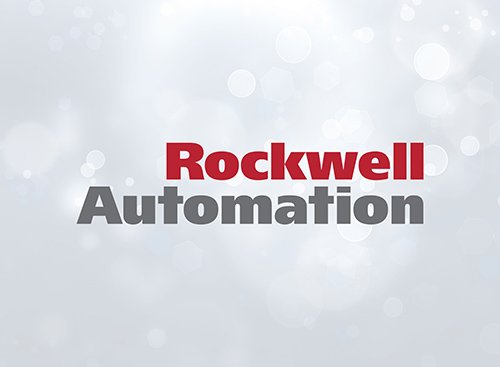In addition, a wide array of accelerator toolkits include pre-configured components, such as sample machine and application code, to significantly reduce development time.
By implementing the preprogrammed, pretested faceplate/AOI sets for devices, such as drives, networks and I/O modules, OEMs can configure devices without writing a single line of code.
- Commission More Efficiently: Commissioning time can be a significant concern for OEMs, and configuration and diagnostic tools can help OEMs more efficiently set up their machines. System quick-start guides walk OEMs through setting up a machine, from specific drives to the whole network. Accelerator toolkits also provide guides on starting up and troubleshooting machines.
- Maintain for Best Performance: Once a machine is installed and running, OEMs can use status, diagnostic and troubleshooting tools to continuously improve operational efficiency. For instance, the System Ferret is an inventory software tool that seeks out and logs all devices communicating on DeviceNet™, ControlNet™ and EtherNet/IP™ in a control system, and provides a report with catalog numbers, serial numbers, revisions and CIP™ paths. In addition, the EtherNet/IP toolkit provides easy-to-use resources for all phases of EtherNet/IP implementation, including design, configuration, commissioning and troubleshooting.
Design, selection, commissioning and maintenance tools are part of the commitment from Rockwell Automation to help OEMs reduce their time to design, develop and deliver their machines and speed time-to-market. OEMs can work with Rockwell Automation to determine which tools fit their needs best and will have the biggest impact on their business to stay competitive.
For more information on tools available to OEMs.
Co-authored by Steve Mulder: regional segment manager for packaging, Rockwell Automation
CIP, ControlNet, DeviceNet and EtherNet/IP are trademarks of ODVA Inc.

